13 Different Types of Marketing Emails You Could be Sending

Emails are the most formal and official form of communication today. From hiring to sales to marketing, emails are a significant way to reach people.
Email marketing has been around for quite a while, and it is an excellent way to increase engagement, nurture relationships with your potential customers, and boost revenue generation.
However, email marketing is a craft to master. Your email communication needs to be well-balanced with perfect subject lines and relevant images that resonate with your target customers. So, in a nutshell, it all boils down to one thing — value.
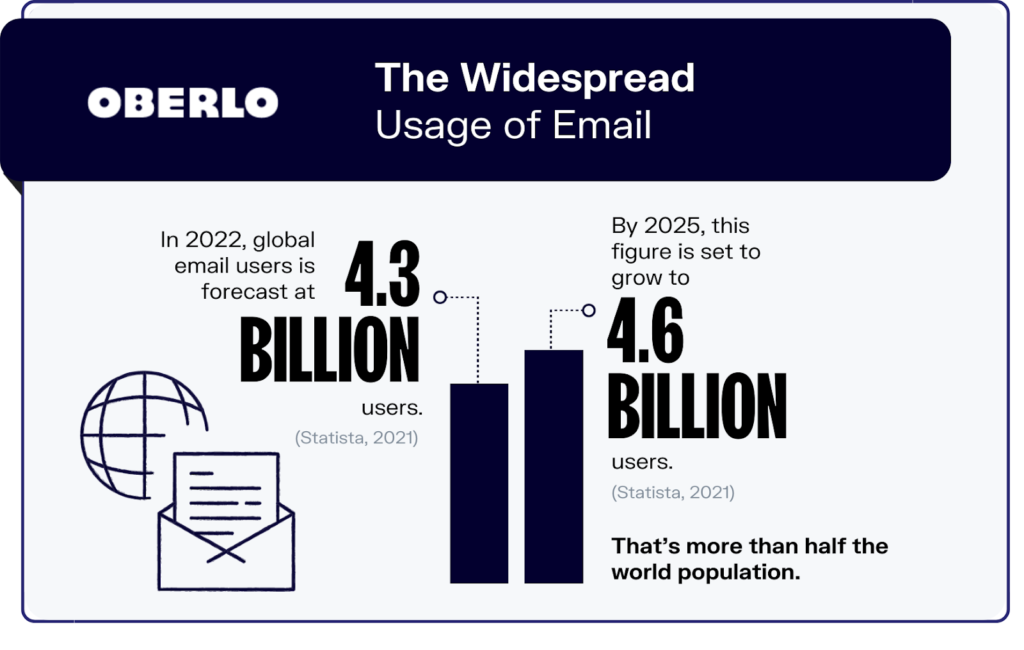
Email marketing campaigns are a great way to build a brand narrative and sell things online. But it is crucial to understand and design the content of your email and set the tone of the message.
While talking about marketing emails, we are not just considering the ones that drive sales. There is a chance that your audience might just get bored and jarred by the bombardment of such sales emails. To keep the audience engaged, you need different marketing emails or engagement campaigns as part of a larger marketing strategy.
Some emails spark interest in your product or service; others create a seamless user experience. We can divide these types of emails into two broad categories and look at them closely:
- Marketing emails
- Transactional emails
By sending a perfect blend of different email marketing campaigns, you can keep up with the competition and increase sales by a significant margin.

Types of Marketing Emails
These emails are the basis of any long-term email marketing strategy. We’ll term them as promotional emails for ease of understanding and to avoid repetition. These messages aim to motivate the audience to buy your product or service. Additionally, they are essential for developing a relationship with the audience, nurturing leads, educating them, etc.
Let’s look at some different types of marketing emails.
1. Welcome Email

In pop-culture, a welcome email is the ‘ice breaker.’ It’s the first communication users on your email lists receive after subscribing or purchasing your service.
Hive’s study showed that the open rate of welcome emails is as high as 91.43%. Typically this also converts to a considerably high click-through rate. It means after subscribing to your service and receiving the welcome email, your reader has a high chance of visiting your website or landing page and turning into a potential purchaser.
While developing a welcome email, the aim is to leverage reader attention and introduce your brand to them. So, the key here is to showcase your excitement to have them on board while giving them information about your product or service through a video, text, or a link to keep them engaged.
Here are some best practices to follow while sending welcome emails regardless of the industry you are from:
- Thank your readers and customers for subscribing to your emails, as it will make them feel important and wanted.
- You need to set the right expectations by informing them of the kind of emails they will receive and how often, such as promotional coupons or product updates. This helps build anticipation and helps your readers get used to a particular schedule.
- Drive them to take action. It could be as simple as encouraging them to complete their profile. Such emails help get your readers to engage with your products/services.

2. Announcement Email
Such emails aim to make your readers aware of any new product or service you have just launched. It can also be about an update you may have released. The objective here is to spark interest among the audience about something new that has come up from your brand.
While creating an announcement email, the subject line should have a clear intent. The body should describe the benefits of the new launch or update and have a straightforward call to action button.
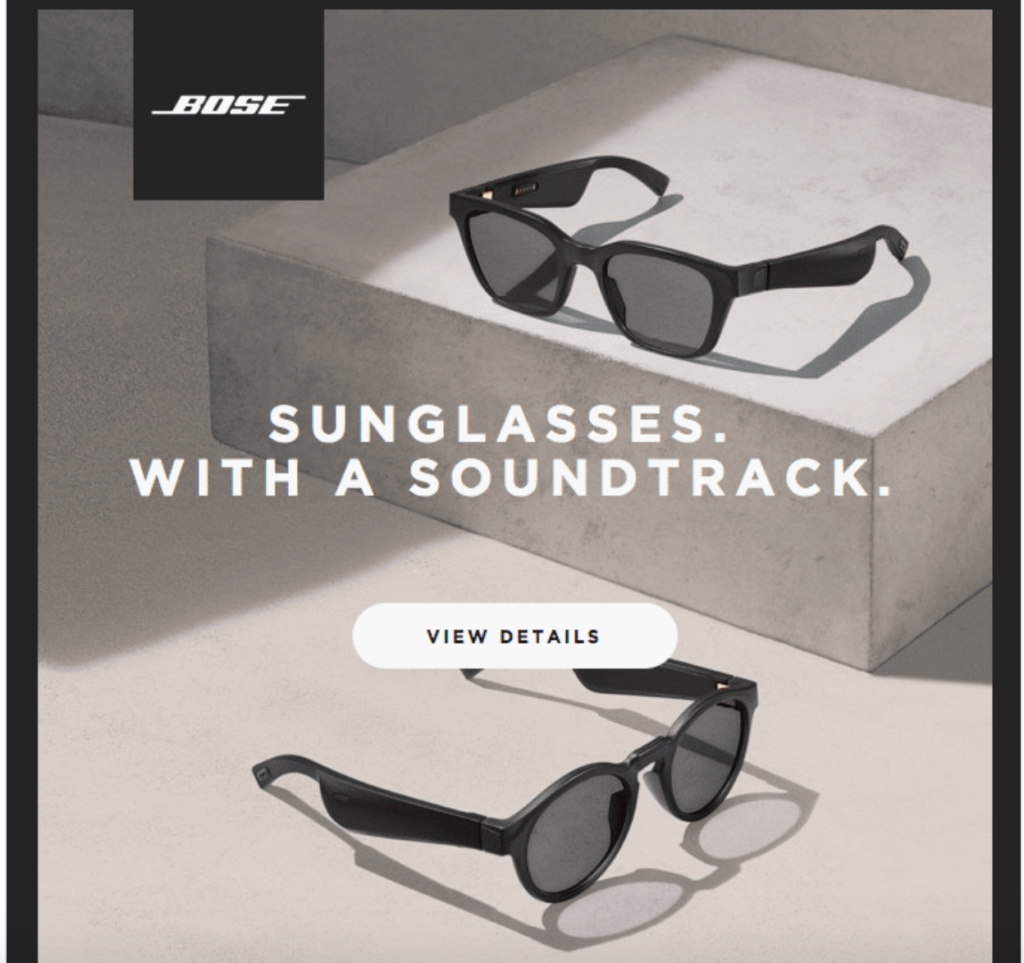
3. Lead Nurturing Email
A lead nurture email targets those who are yet undecided about purchasing from your business. The objective here is to keep in touch with these potential buyers and motivate them to take that final step by either a promotional offer or showcasing the benefits of your product or service.
For such emails, it is necessary to understand your audience first. You must clearly understand their needs, interests, and pain points. The content should be relatable, relevant, and match their expectations. This will allow you to generate maximum ROI (return on investment) from your campaign.

4. Newsletter
A newsletter is a great option for your brand to consistently engage your audience with promotions and updates about your product and services through content marketing. A multi-topic email with best-of videos, articles, podcasts, etc., can be a great way to keep your readers your email lists up-to-date with current trends.
The main goal of a newsletter is to regularly keep engaging and interacting with your audience and improve traffic to your website or blog. The key here is to make your newsletter interesting with relevant, personalized, and engaging content. You can subscribe to various newsletters to get the hang of it.
5. Re-engagement Email
As the name suggests, this email aims to re-engage with your audience when they have not interacted or responded to your messages. Such emails help to bridge that communication gap that has emerged. And it is you who need to take the first step.
The key is to find out why your audience hasn’t responded to your messages to create such emails effectively. Ask for suggestions, give them options for changing the frequency of your promotional emails, and provide access to your social channels for more personalized interaction. The crux of the matter is to make your audience believe that you care. This is crucial for small businesses.
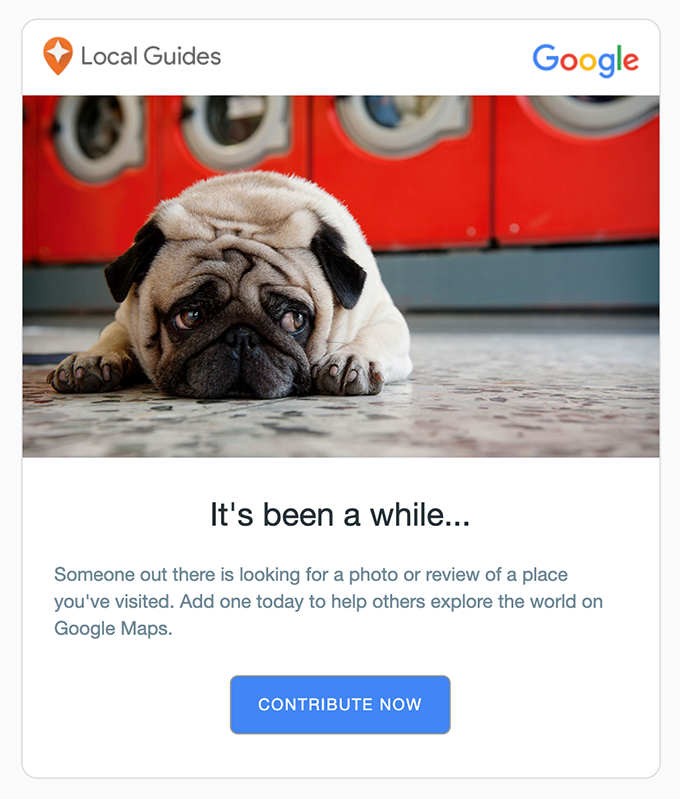
6. Event Email (Personal and Promotional)
An event email can be a great way to promote an upcoming event. On the other hand, you can send out personalized event emails (like a birthday or anniversary) to your contacts to maintain a strong relationship. In both cases, the emphasis is on visuals and showcasing the importance of the event.
Recognized brands always harness birthdays as an occasion to connect with their customers. Birthdays are special for everyone, and your customers are no exception either. This type of email can include free treats and discount offers. Make sure that the email is time-saving. It must also have a celebratory spirit and warmth in both the copy and the visual bit. Campaign Monitor says that birthday emails have a 481% higher transaction rate than promotional emails.
You can also celebrate milestones with your customers by letting them know about your achievements. It can be your company’s anniversary, reaching a particular sales figure, or several subscribers.
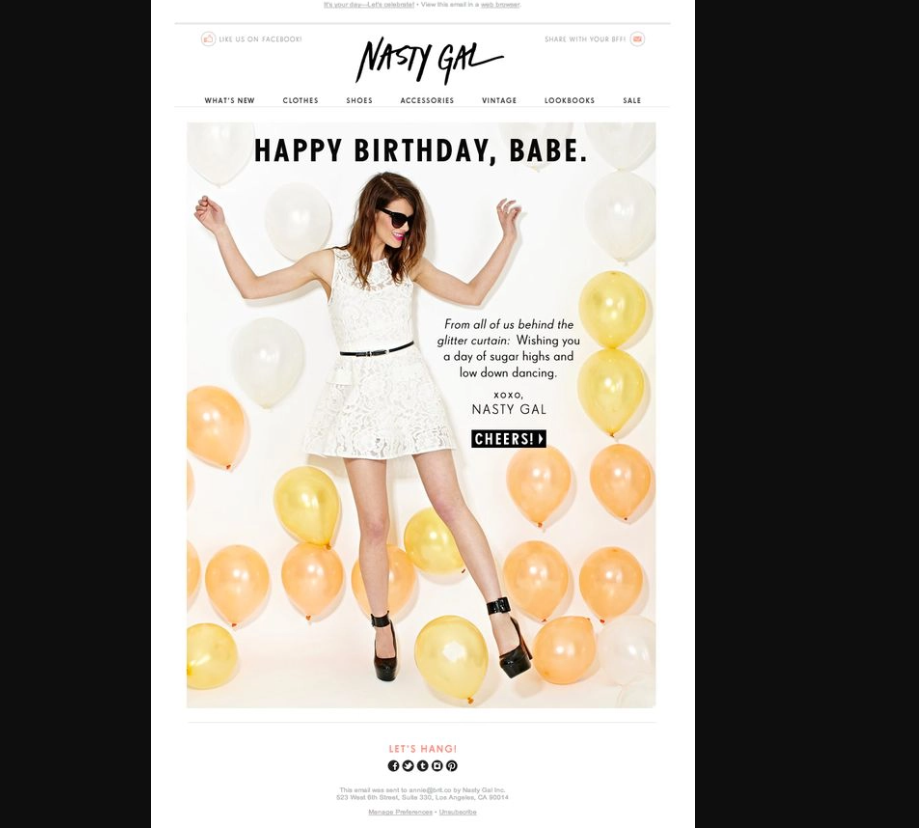
Types of Transactional Emails
Unlike marketing emails, transactional emails are not meant to sell or promote anything. The primary objective is to let your customers know the status of their purchase, any account changes, and other similar things. So let us look at some of these transactional emails.
7. Trial Expiration Email
Now is the age of trials. If you have a product or service to get customers, give them a free trial of your services. At the time of expiration of the free trial, send out an email to those trial users and make them aware of the situation. Offer them the benefits and perks of making their trial permanent. Give them different payment options and promotional offers, if any.
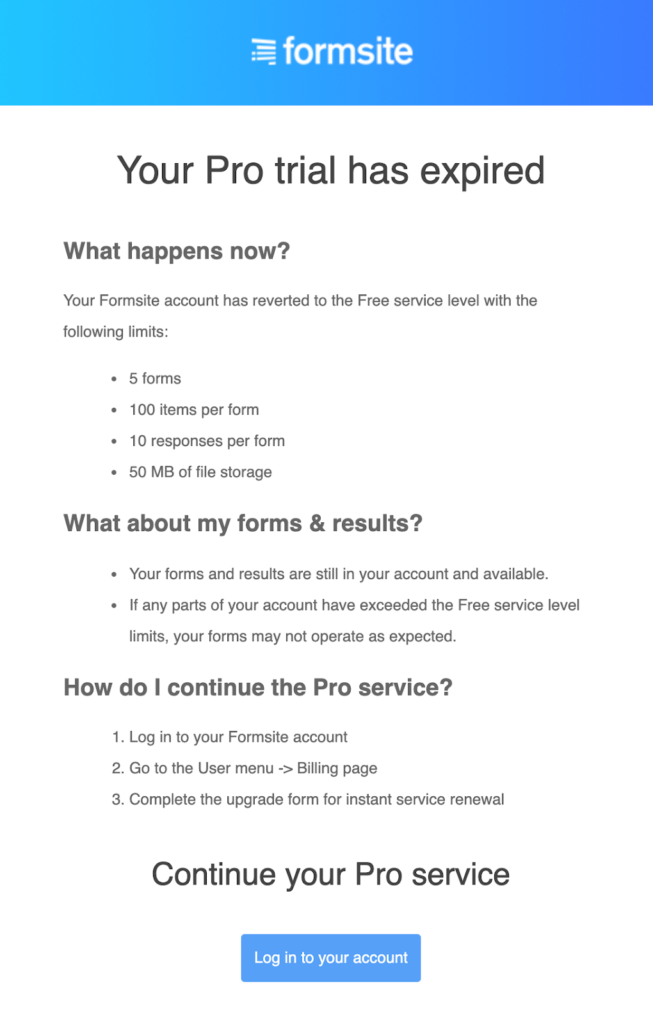
8. Subscription Confirmation Email
As the name suggests, these emails confirm to the user that they have successfully subscribed to your service. This is similar to the welcome email discussed earlier but with some differences. You can use this email to verify correct email addresses and maintain a clean client list.
Keep such emails crisp, short, and to the point. The intent needs to be clear and make the reader confirm their action. You can provide a confirmation link or button or a unique code from email on your platform.
9. Cancellation Email
It is another type of transactional email. Such emails need to be sent out when your readers choose to discontinue using your service.
Even after the cancellation, the catch here is that you can aim to keep them. Add a closing message such as a feedback form to understand what went wrong, or you can offer them a special discount to encourage them to continue the service. You don’t need to be pushy or sound desperate, but do it right, just like a final throw of a dice.
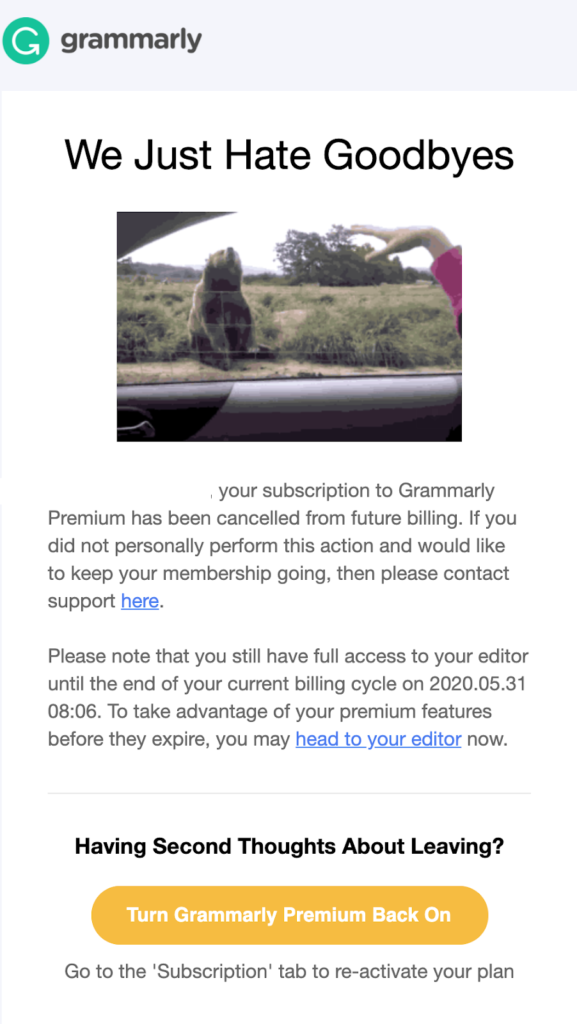
10. Order Confirmation Email
It’s pretty straightforward, isn’t it? The objective of the email is to give real-time status updates to your consumers about their purchases. Why? Because people crave such information. They like to know what’s going on, the latest status, how long the ETA is, and other such things.
To nail such emails, simply present the facts as they are. Add a Call to Action that gives receivers information on how things are shaping up. You can also integrate another CTA or social button to make buyers flaunt their purchases. People like to show off their buys and recommend things to their peers; encourage them.
Other Types of Emails
11. Abandoned Cart Email
Abandoned cart emails aim to remind customers about a purchase they didn’t make after adding products to the cart. Here a good practice is to include the list of products in the cart, the total price with the price of each product, and the discount you wish to offer.
These emails must be sent to the customer within 24 hours of abandoning the cart as a general rule of thumb.
12. Survey Emails
Survey emails are way more effective than they may seem at first. It is a great tool for small businesses. They can help you get back to the drawing board and change your marketing strategy by knowing your customers’ thoughts about your brand, product, or service.
Recipients can provide insights into what they liked or disliked about your product or service. Survey emails also reveal why certain customers abandoned the cart and did not make a purchase.
Surveys help your business more than the customer. Again, before jumping into sending a survey email, you should discuss those questions with your internal team. Ensure that the email sets clear expectations and does not take much time for your customers.
13. Referral Emails
Attract new customers by requesting your existing customers to refer your product(s) or service(s) to new customers. You must know that referrals offer 30% better conversion, and you can also combine these emails with feedback emails.
It is worth noting that offering rewards for successful referrals encourage existing customers to refer your business to more and more new customers.
Conclusion
There are different ways to interact and engage with your audience over different stages of their consumer cycle, and email marketing is a great place to start from.
Each personalized mail you send helps you strengthen the connection you want to make as a brand with consumers and improves ROI over time. It helps you build a strong narrative that establishes a communication channel and nurtures them in the process.
FAQs
Welcome emails are instrumental in establishing communication with newly engaged customers eager to know more about your brand. The content of your welcome emails must be crafted to help them get familiarized with your brand and to set expectations. The content depends on several factors, including:
a. Your target audience
b. Specific product range
c. Brand messaging
d. Overall content marketing goals and strategy
Make your customers feel special by periodically sending emails with promotional offers such as discounts, early access to specific offers, mega flash sales, etc. It will help them stay loyal to your brand.
Lead nurturing emails are aimed at the customers who haven’t made up their minds about purchasing your brand yet. The main purpose of lead nurturing emails is to remind such customers about your brand and explain the advantages of your products/services. You need to target your customers’ pain points, interests, and needs to nail these emails perfectly.
Email newsletters are pretty effective at maintaining a relationship with your customer as well as for lead nurturing. Newsletter emails require you to conduct good research before you jump into sending one. You should stay away from making a common mistake the majority of marketers make. That’s trying to include too much in a single newsletter email. You should stick to a particular niche and cover a topic that interests your customers. You should make the most of the newsletter by including the following types of information:
a. Statistics and useful information related to the industry
b. Store locations and working hours
c. Event invitations
d. Industry insights
e. New product announcements
Latest Blogs
Learn how to rank on AI search engines like ChatGPT, Perplexity, and Gemini by optimizing your content for authority, structure, and relevance. Stay ahead in AI-driven search with this strategic guide.
Explore the best healthcare SEO services for your medical practice. Improve online visibility and effectively reach more patients in need of your services.
Discover top social media agencies specializing in banking solutions, enhancing financial services and driving engagement.
Get your hands on the latest news!
Similar Posts

Email Marketing
6 mins read
11 Tips to Design Impactful Email Banners

Design
9 mins read
7 Benefits of a Simple Mailer Design

Email Marketing
7 mins read